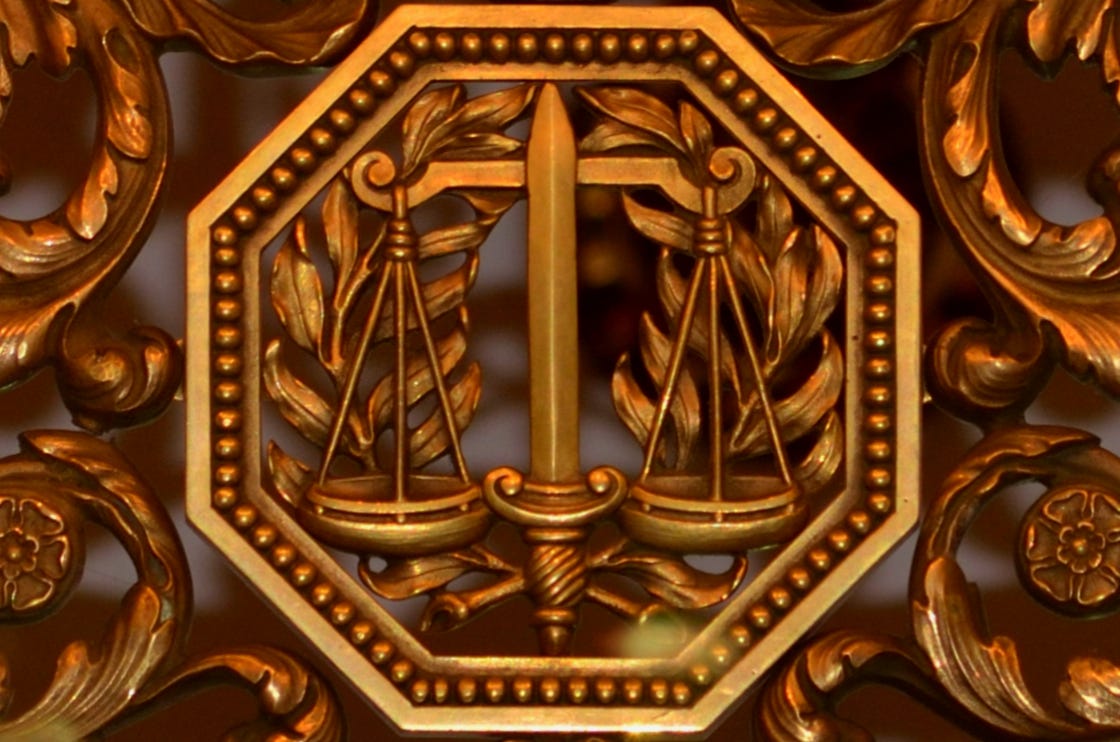The court as a true temple of justice
Section 1, Article XI of the 1987 Constitution enshrines the principle that a
public office is a public trust. It
mandates that public officers and employees, who are servants of the people,
must at all times be
accountable to them, serve them with
utmost responsibility, integrity, loyalty and efficiency, act with patriotism
and justice, and lead modest lives. To enforce this constitutional
tenet, the Supreme Court has incessantly reminded officials and employees
involved in the administration of justice to
faithfully adhere to their mandated duties and responsibilities. Any act of impropriety – whether committed by the highest judicial official
or by the lowest member of the judicial workforce – can greatly erode the
people's confidence in the Judiciary.
The image of a court of justice is necessarily mirrored in the conduct of its
personnel. It is the personnel’s constant duty, therefore, to maintain the good name and
standing of the court as a true temple of justice.[1]
To enforce this constitutional
tenet, the Supreme Court has incessantly reminded officials and employees
involved in the administration of justice to
faithfully adhere to their mandated duties and responsibilities. Any act of impropriety – whether committed by the highest judicial official
or by the lowest member of the judicial workforce – can greatly erode the
people's confidence in the Judiciary.
The image of a court of justice is necessarily mirrored in the conduct of its
personnel. It is the personnel’s constant duty, therefore, to maintain the good name and
standing of the court as a true temple of justice.[1]
 To enforce this constitutional
tenet, the Supreme Court has incessantly reminded officials and employees
involved in the administration of justice to
faithfully adhere to their mandated duties and responsibilities. Any act of impropriety – whether committed by the highest judicial official
or by the lowest member of the judicial workforce – can greatly erode the
people's confidence in the Judiciary.
The image of a court of justice is necessarily mirrored in the conduct of its
personnel. It is the personnel’s constant duty, therefore, to maintain the good name and
standing of the court as a true temple of justice.[1]
To enforce this constitutional
tenet, the Supreme Court has incessantly reminded officials and employees
involved in the administration of justice to
faithfully adhere to their mandated duties and responsibilities. Any act of impropriety – whether committed by the highest judicial official
or by the lowest member of the judicial workforce – can greatly erode the
people's confidence in the Judiciary.
The image of a court of justice is necessarily mirrored in the conduct of its
personnel. It is the personnel’s constant duty, therefore, to maintain the good name and
standing of the court as a true temple of justice.[1]
[1] Velasco v. Baterbonia, A.M. P-06-2161 (Formerly A.M. OCA IPI No.
05-2115-P), September 25, 2012, 681 SCRA 666, 673; Office of the Court
Administrator v. Recio, A.M. No. P-04-1813 (Formerly A.M. No. 04-5-119-MeTC),
May 31, 2011.



